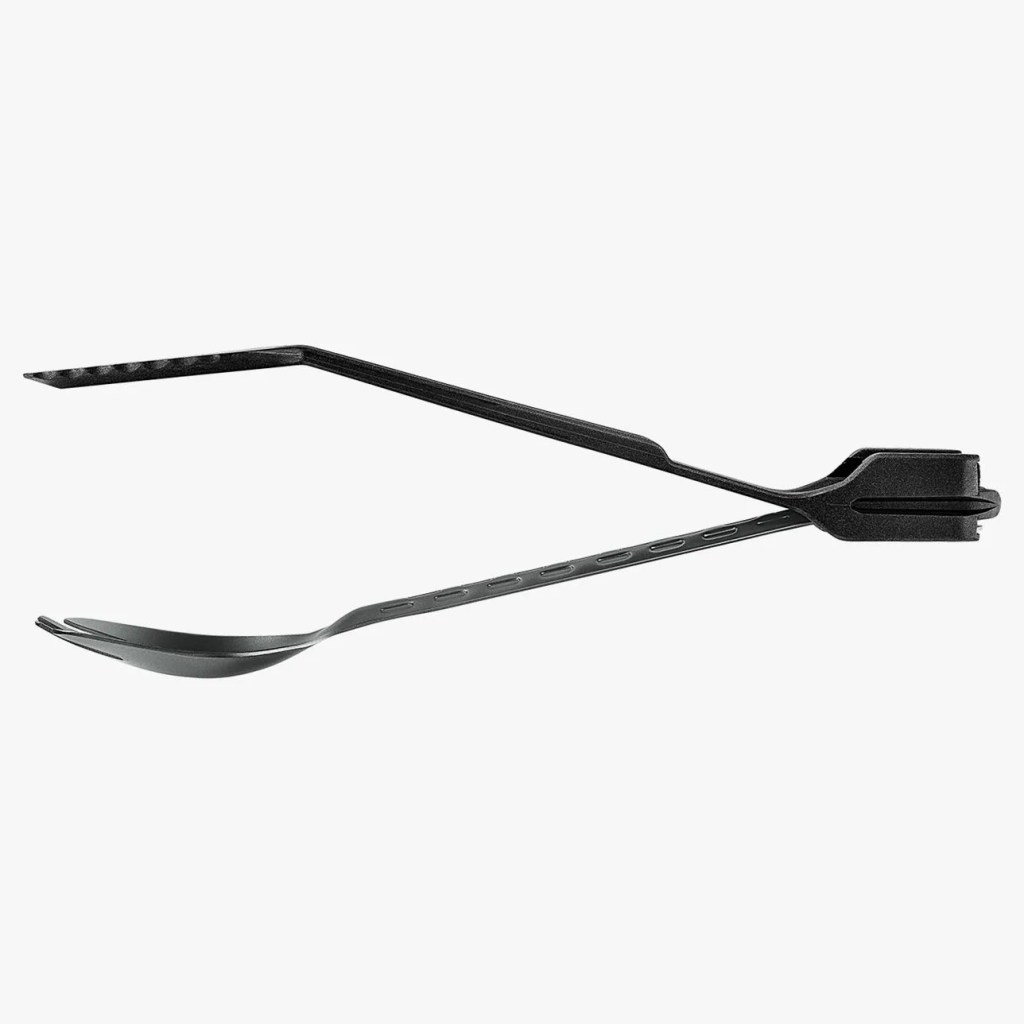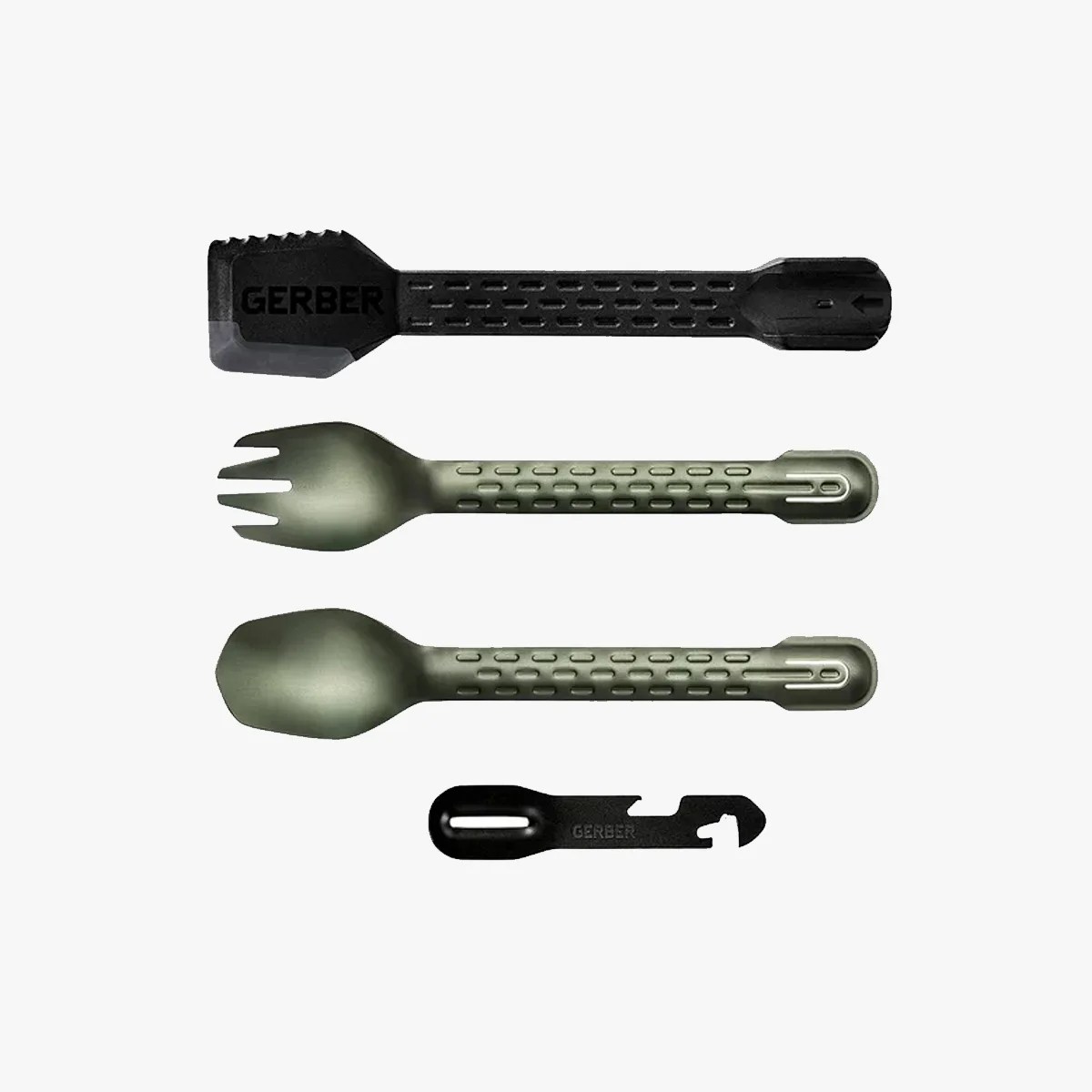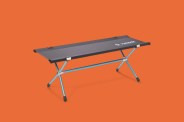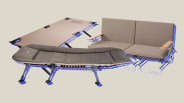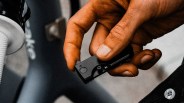I was seven years old when I first encountered a spork. My mom, brother and I piled into a car and drove a few towns over to reach the closest multi-screen movie theater to watch The Parent Trap (the Lindsay Lohan version, not the original with Hayley Mills). We caught an earlier showing and then headed down the street to the Kentucky Fried Chicken-Taco Bell combo restaurant, where I chose The Colonel over the chihuahua and, to accompany a side of mashed potatoes and gravy, I received a spork.
The novelty came encased in plastic, and its form was neither adequate for harvesting the final remains of potato substance from the corners of its styrofoam container nor for piercing and gripping greasy chicken. Still, I don’t recall feeling disappointed. (Hours later though, I awoke in the middle of the night and vomited.)
My next spork memory is shallower in the archives; Age: 19; Location: student center, The University of Vermont. Walking through the complex, I passed a table where environmentally minded students sold sporks as an alternative to disposable cutlery. These weren’t anything like the flimsy impotence I first used at KFC; they were colorful, curvy and made of a harder, dishwasher-safe plastic. They also weren’t really sporks, at least not according to Merriam or Webster — instead of a single tine-equipped spoon-shaped end, this “spork” had implements on both ends: one was a spoon, the other was a fork with small, insubstantial serrations on one edge — a feeble attempt at adding a knife to the equation.
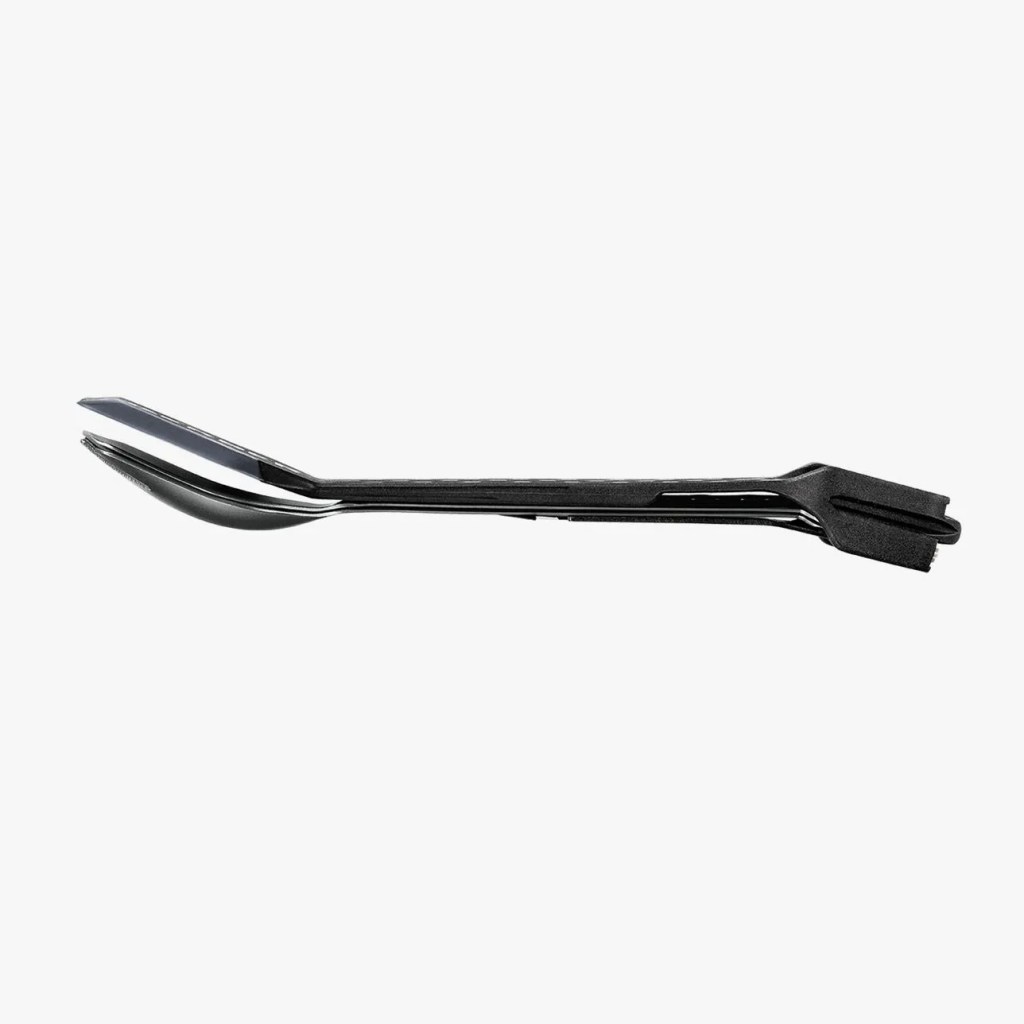 Gerber
GerberI paid five dollars for this spork, and I kept it in a small pocket of my backpack. I used this spork all the time; to eat yogurt, to eat soup, to eat mac and cheese. What do these foods have in common? You eat them with a spoon, and that’s what I did, because the fork end of this utensil was nearly as useless as the disposable version of my first encounter. (Plus, twirling the thing around 180 degrees to eat with the end I had been using as a handle always seemed unhygienic.) One day, as I attempted to stir a jar of organic peanut butter, this spork snapped in half.
After that utensil fail, I swore off sporks for good. I bought an ultralight spoon for backpacking, but would often end up swiping a piece of standard flatware from the kitchen drawer before taking off on a trip. That all changed when Gerber released the Compleat, a multi-tool take on campsite cutlery.
Instead of combining fork and spoon into one ineffective jack-of-two-trades, Gerber kept them separate to perform at their individual best. The spoon is slightly angular, and perfect for probing the corners of pots and bowls; the fork is spork-reminiscent, but its longer tines keep it just forky enough for stabbing hunks of food.

